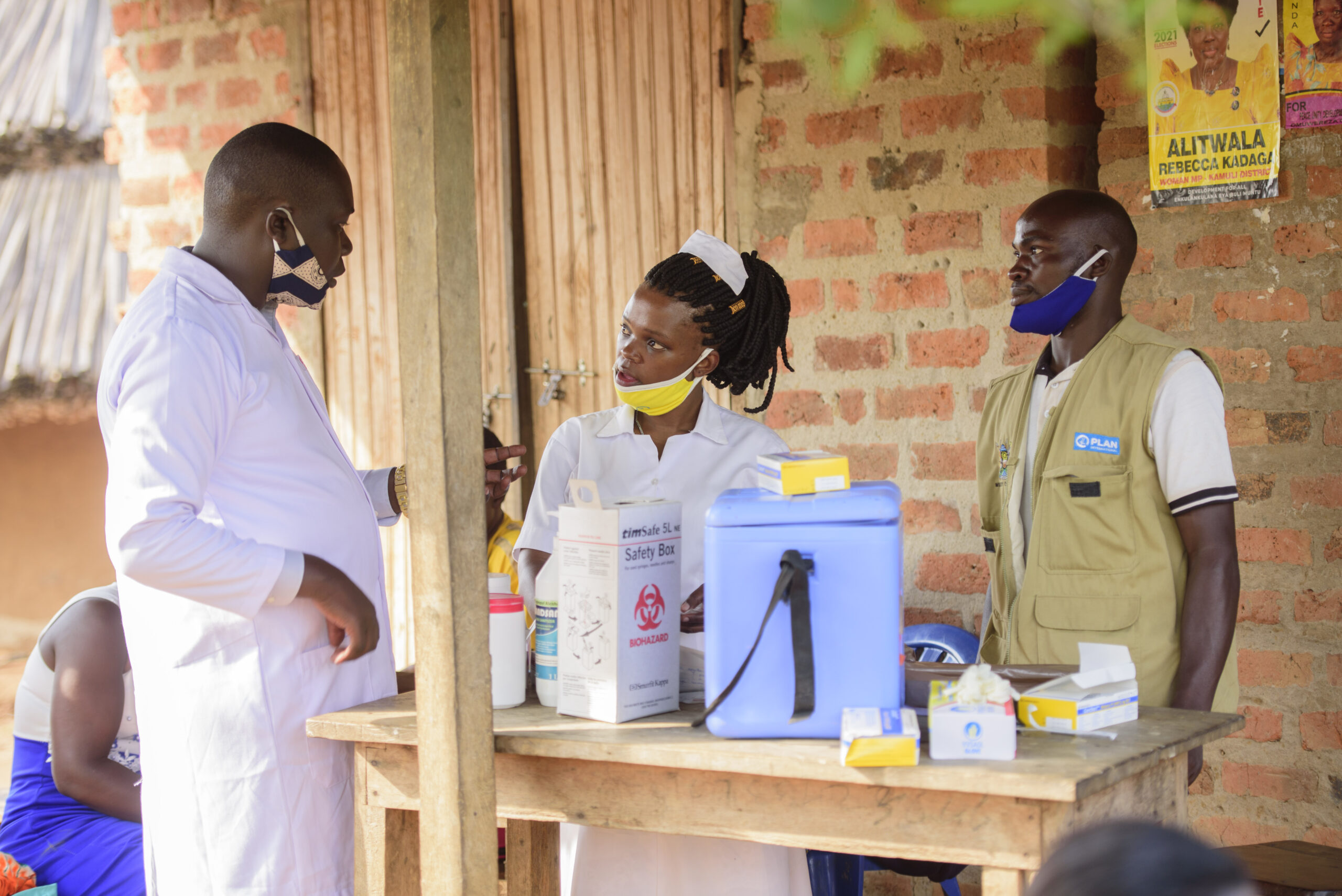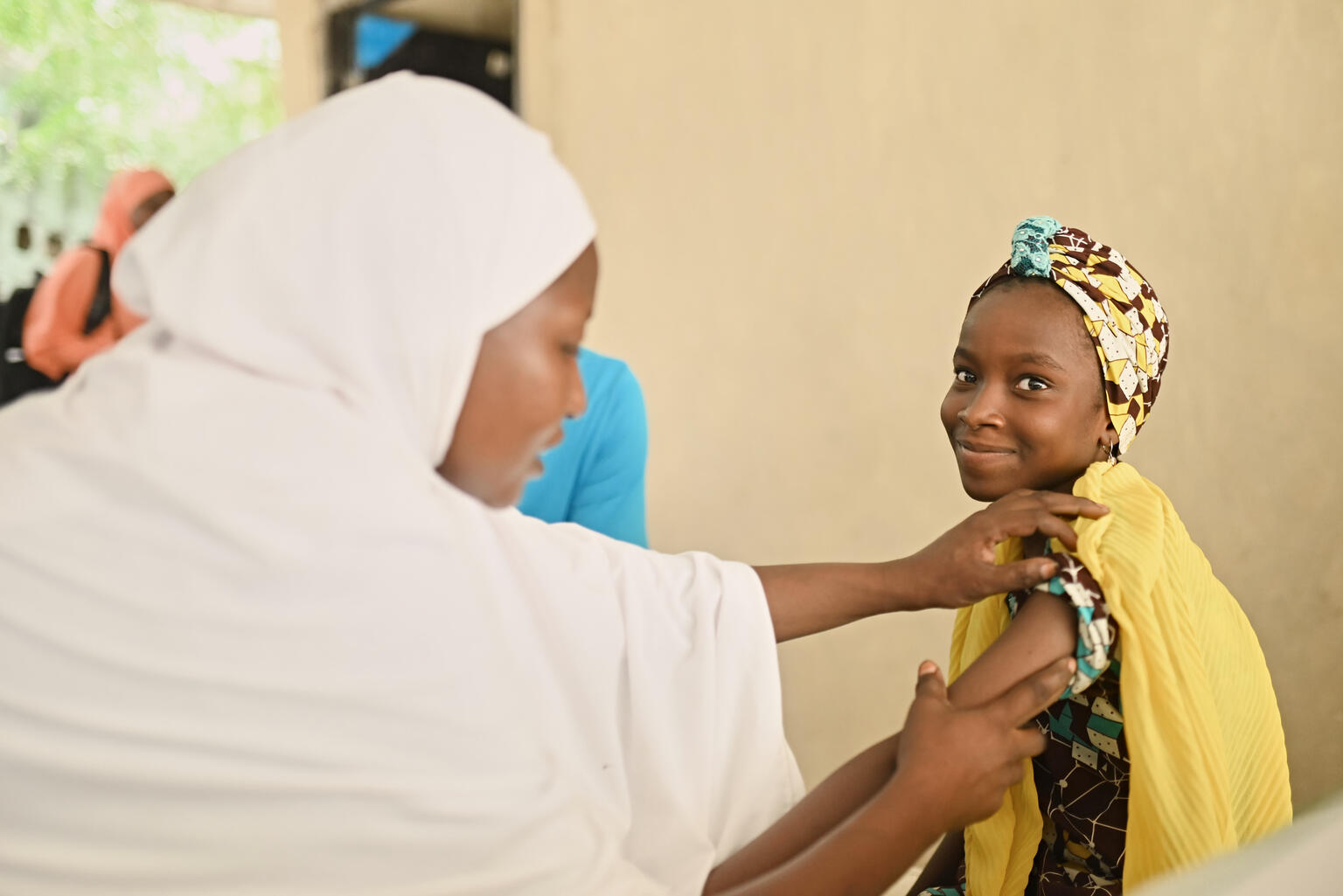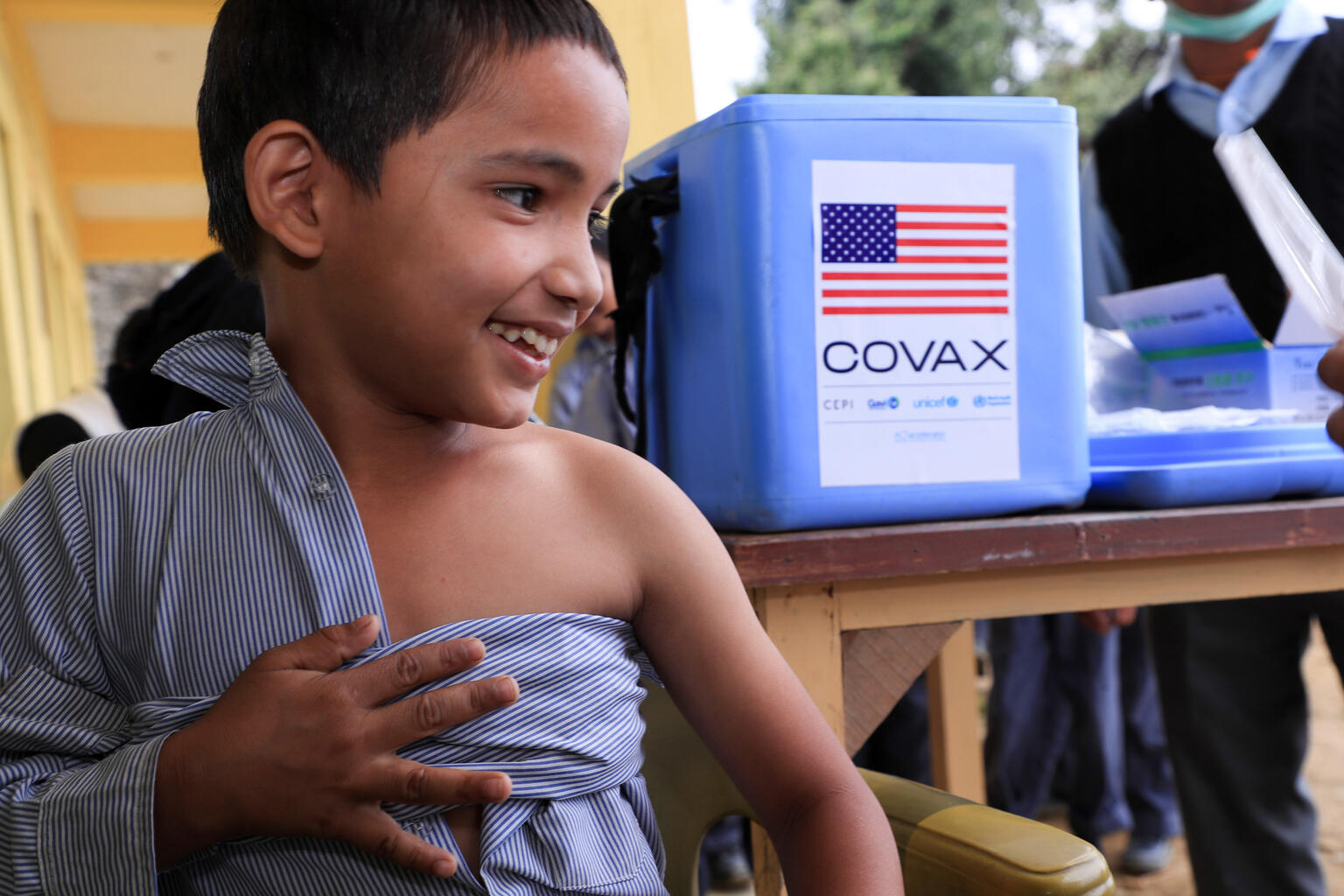New WHO/UNICEF Data Shows Immunization Rates Stagnating
The latest data on country-level immunization coverage, published by UNICEF and the World Health Organization (WHO), reveals that immunization rates around the world have stagnated on average, though there are also bright spots.

Overall stagnation
The newly released national immunization coverage estimates show no meaningful improvement in immunization coverage from 2022 to 2023 (2024 data is not yet available). Post-pandemic catch-up campaigns had some initial success in brining routine immunization rates back up in 2022, but now progress has flatlined below pre-pandemic levels. In 2022 and 2023, 84% of infants worldwide received all three doses of the diphtheria-tetanus-pertussis (DTP3) vaccine, compared to 86% in 2019.
There has also been an increase in the number of un- and under-vaccinated children. 21 million children were un- or under-vaccinated in 2023, while the number of zero-dose children, who have not received a single dose of any vaccine, increased from 13.9 million in 2022 to 14.5 million in 2023. More than half of these children live in fragile, conflict-affected settings, which makes them harder to reach with vaccines but also puts them at higher risk from disease due to lack of consistent access to nutrition and healthcare services.
Outbreaks on the rise
Measles vaccine coverage continues to be slow to recover following the disruptions caused by COVID-19, and the consequences are already apparent in the form of outbreaks around the world.
“The time is now for action, to secure a healthier future for all. The world cannot afford to wait any longer.”
Kate O’Brien, Director of the Department of Immunization, Vaccines and Biologicals at WHO
As with other vaccines, measles vaccination rates have stagnated since 2022. Just 83% of children received their first dose of the measles vaccine—far below the 95% coverage needed to prevent outbreaks. Due in part to low vaccination rates, the number of measles outbreaks has tripled in the last few years. In 2023 alone, there were more than 320,000 cases of measles around the world, nearly twice as many as in 2022. With nearly 35 million children unvaccinated against the disease, there is a serious risk of more and more outbreaks and deaths. Urgent action is required to protect unvaccinated children and prevent the disease from spreading further.
Bright spots
Despite the concerning overall situation for immunization, there are some signs of progress.
DTP coverage has stagnated overall, but for the first time since the pandemic, it is no longer declining in low-income countries. This is a promising sign that routine immunization is beginning to stabilize and recover in many of the countries with the most fragile health systems and vulnerable populations. More support and resources will be needed to fully reverse the post-pandemic declines.
There has also been notable progress in HPV vaccination rates, which have increased from 20% to 27% since 2022. This progress is due in part to WHO’s recommendation that countries move to a single-dose schedule in 2022, which has greatly increased supply and made it possible for more countries to introduce HPV vaccines into their routine immunization programs. Three of these countries—Nigeria, Indonesia, and Bangladesh—account for a considerable share of the improvement in HPV vaccination rates. With India also introducing HPV vaccines nationwide this year, this positive trend is likely to continue, meaning millions more girls will be protected against cervical cancer.

Looking ahead
While it is important to recognize the positives, the overall stagnation in global childhood immunization rates require urgent attention, especially as cases and outbreaks continue to surge in 2024—including here in the U.S..
Fortunately, there are signs that governments and global health leaders are acting with urgency. The new five-year strategy put forward by Gavi, the Vaccine Alliance, includes a renewed focus on reaching un- and under-vaccinated children and on continuing to push ahead with the rollout of vaccines against HPV and malaria. The U.S. Administration has made a historic five-year pledge to Gavi, an important commitment in its own right and a signal to other donor countries that global immunization remains an urgent priority. Now, it is up to advocates to work with Congress and ensure that the U.S. meets its commitment and plays its part in restoring immunization rates and giving every child a shot at life.





